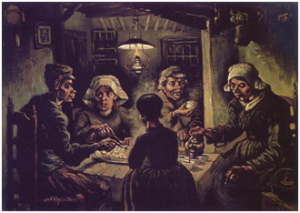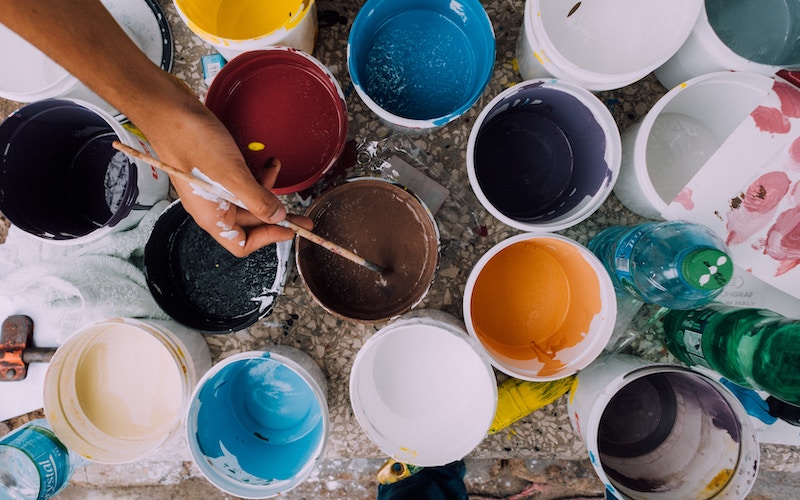The Power of Art and Stories
Episode #7 of the course Coping with loneliness in the modern world by Sonia Chauhan
It may sound absurd at first, but creative arts—paintings, stories, films, and television shows—are excellent ways to alleviate loneliness and isolation. In this chapter, I am going to talk about how art can help us battle loneliness and feel more in sync with the world.
Art Establishes Relationships and Teaches Empathy
Why do we get a warm, comforting feeling while watching The Big Bang Theory? What makes us cry when Dumbledore dies in the arms of Harry Potter? These are all examples of para-social relationships, where we find an emotional connection with a fictitious character in a way that is emotionally gratifying [1].
The thing to note is that humans are meaning-making creatures. We have the ability to perceive relationships even where no tangible connection exists—just like the bond between J. K. Rowling and her millions of fans, including me.
Rowling has helped me believe in the power of hope and imagination. Interestingly, she doesn’t know me and we’ll probably never meet, but that doesn’t deteriorate the quality of the emotions her writing invokes in me. Likewise, so many people draw comfort from praying. Yet, there is no tangible evidence that God exists.
My point is: Creative arts expose us to relationships where it is possible to feel emotionally secure and draw comfort from them without requiring reciprocity.
Art Gives You Courage to Face Tragedy
The greatest works of fiction have been tragedies: Romeo and Juliet (all of Shakespeare, to be honest), A Series of Unfortunate Events, Anna Karenina, Wuthering Heights, Titanic, and so on.
A tragedy’s purpose is to constantly remind us that life is full of suffering. In a way, they are asking us to accept the difficult truth that we all are bound to undergo unpleasant emotions, including loneliness.
Art Brings Out the Importance of the Mundane
For some of us, loneliness can also crop up without any tragedy. We can feel lonely because we feel empty inside or because we’re bored to death with unbearable monotony.
I urge you to look toward paintings and photographic works. The world’s greatest painter, Vincent Van Gogh, intentionally drew the most boring objects. Some of his best paintings were things like a basket of oranges or people eating potatoes.
Much like Van Gogh or Steve McCurry, artistic work draws our attention to commonplace scenes so we learn to find joy in the beauty of an everyday object. They underline the fact that most of life is made up of ordinary moments and that we must find it in ourselves to enjoy these.

Basket with Six Oranges by Vincent van Gogh

The Potato Eaters by Vincent van Gogh
Your Challenge: Utilize Art for Comfort and Redemption
Pick up any art form, and dedicate an hour of your time to it every day. If you’re too busy, try doing it for 15 minutes during weekdays and an hour during weekends. Here’s a list you can choose from:
• Start reading a simple book on a topic that interests you. I recommend The Great Gatsby, Anne of Green Gables, or The Kite Runner in fiction, or Sapiens: A Brief History of Humankind or Ikigai: The Japanese Secret to a Long and Happy Life in non-fiction.
• I do zentangles to calm myself down on difficult days. It’s an easy form of doodling through structured patterns. You don’t need to be a master at drawing. Take a look here.
Remember this though: Books, paintings, and TV characters help ease loneliness only if applied in moderation and with the right mindset. I spoke about rationing asocial habits back in Chapter 2, and I would like you to follow the challenge set out there. Remember, excess of everything is bad. Stay balanced.
Tomorrow, we will go through another important method of alleviating loneliness from our lives: social integration and community bonding.
Recommended book
Loneliness: Human Nature and the Need for Social Connection by John T. Cacioppo, and William Patrick
Reference
[1] How Our Make-Believe Relationships with Celebrities Shape Our Social Lives
Share with friends

